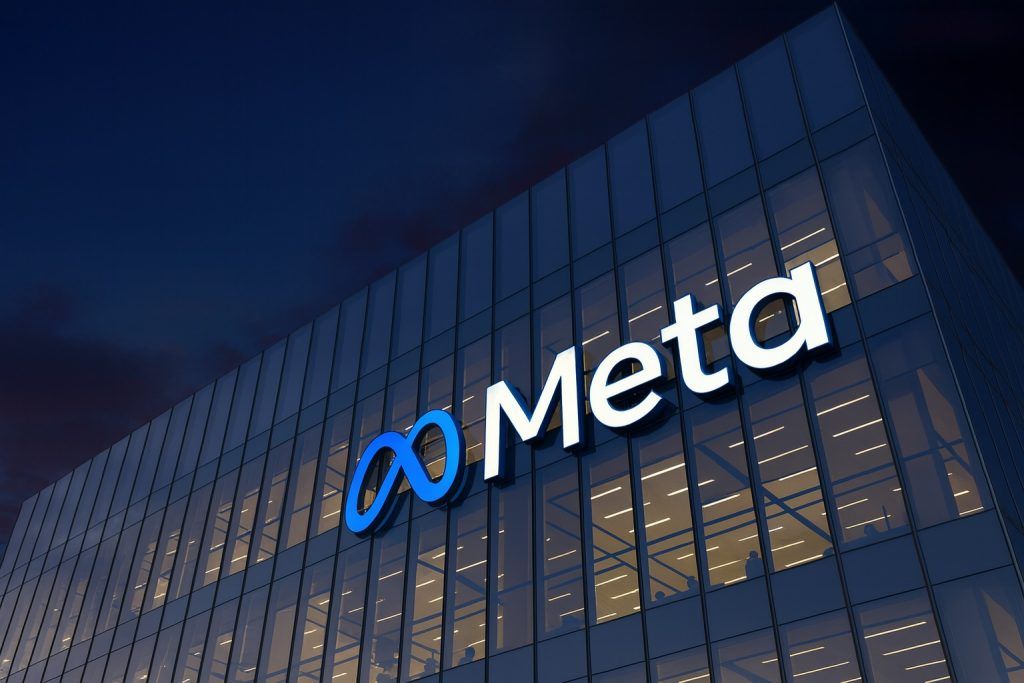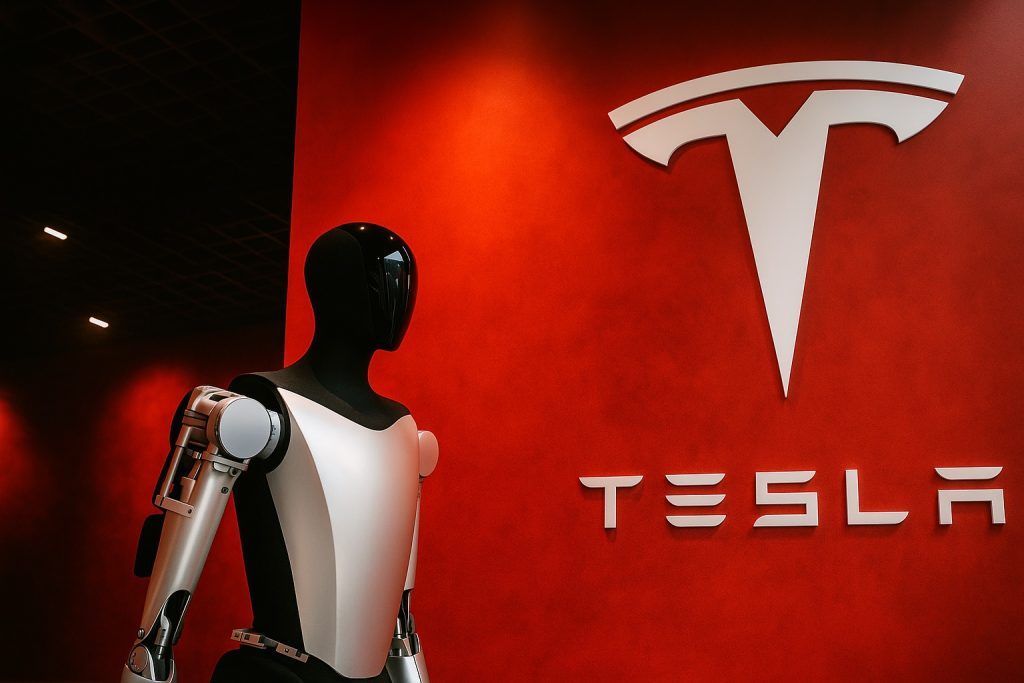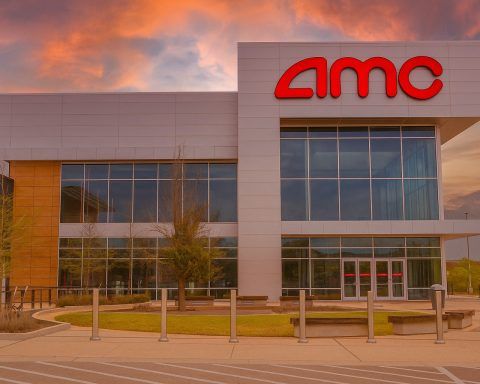Summary: Amazon (NASDAQ: AMZN) is hovering around recent all‑time highs midday Wednesday as investors digest a flurry of catalysts: a seven‑year, $38 billion AI infrastructure deal with OpenAI that lifted shares earlier this week, a fresh lawsuit against Perplexity over an “agentic” shopping tool, and a Brazil payments expansion via Nubank. Under the hood, Q3 showed AWS growth reaccelerating and management guiding 2025 capital spending toward ~$125 billion to meet AI demand. [1]
Key takeaways
- Price action: AMZN is trading around the $249–251 band in midday U.S. trading after setting a record near $255 earlier this week. [2]
- AI tailwind: A 7‑year, $38B OpenAI deal positions AWS to supply vast compute (including hundreds of thousands of Nvidia GPUs), reinforcing Amazon’s AI infrastructure leadership narrative. [3]
- New legal risk: Amazon sued Perplexity over its browser’s automated shopping feature, alleging covert account access and masked bot activity—an early test of how AI “agents” may interact with e‑commerce platforms. [4]
- International expansion: In Brazil, Amazon is integrating Nubank’s NuPay, offering extra credit/instalments to spur e‑commerce conversion—another retail lever alongside AI and ads. [5]
- Earnings backdrop: Q3 revenue rose to $180.2B (+13% YoY) with AWS sales up 20% to $33.0B; operating income included one‑time FTC settlement and severance charges. [6]
- Spending for AI: Management signaled ~$125B 2025 cash CapEx (likely higher in 2026) to expand data‑center power, chips, and logistics—a central pillar of the AMZN thesis into 2026. [7]
What’s moving the stock today (Nov. 5)
1) Amazon files suit against Perplexity over automated shopping.
Amazon claims Perplexity’s Comet browser uses an AI “agent” that disguised bot traffic as human browsing to place orders on Amazon, creating security risks and degrading the experience Amazon curates for shoppers. Perplexity denies wrongdoing and frames the dispute as a fight for user choice. For investors, the case underscores how fast‑rising AI agents could reshape traffic, attribution, and platform rules in e‑commerce. [8]
2) Brazil payments push via Nubank.
Amazon is integrating NuPay on Amazon.com.br, giving eligible Nubank customers added credit and more installment options at checkout—tools that tend to lift conversion in Brazil’s installment‑driven retail market. It’s a targeted growth lever in Latin America, where payment flexibility is often decisive for online purchases. [9]
3) OpenAI–AWS mega‑deal continues to buoy sentiment.
Shares hit new highs earlier this week after OpenAI signed a seven‑year, $38B agreement to run AI workloads on AWS, tapping large fleets of Nvidia‑powered infrastructure. The pact both validates AWS’s AI compute stack and adds potential backlog as advanced AI models scale. [10]
The earnings context investors are trading on
Amazon’s Q3 2025 release highlighted broad strength and some unusual items:
- Net sales:$180.2B, up 13% YoY (12% ex‑FX).
- AWS: sales $33.0B (+20% YoY); operating income $11.4B (vs. $10.4B a year ago).
- Operating income:$17.4B, but it included a $2.5B FTC settlement and $1.8B severance charges; excluding these, operating income would have been $21.7B.
- Net income:$21.2B (EPS $1.95), aided by a $9.5B non‑operating gain tied to investments in Anthropic.
- Capacity & AI: management said AWS added 3.8 GW of power in the last 12 months, with more coming online. [11]
Management also guided for a heavy investment cycle to chase AI demand. On the earnings call, Amazon projected ~$125B in 2025 cash CapEx, with an expectation to spend even more in 2026—primarily on data centers, power, networking, and silicon (including Trainium). That scale of spend is a key driver behind AWS’s growth runway and the stock’s AI premium. [12]
Street chatter & positioning
A fresh MarketWatch round‑up of analyst views leans bullish, citing two near‑term AWS demand supports: (1) rising AI inference workloads from key model providers, and (2) early signs that cloud “optimization” (cost cuts) at customers like Pinterest is fading, implying a re‑acceleration in cloud spend heading into 2026. A recent move in AMZN from year‑to‑date laggard to upper‑tier “Mag 7” performer reflects that improving setup. [13]
What to watch next
- Policy & platform rules: The Perplexity case is an early marker for how platforms will police AI agents that transact on users’ behalf—outcomes could influence referral economics and seller tools across retail. [14]
- Holiday quarter guide: Commentary around peak‑season logistics, ads, and unit growth will be scrutinized; Q4 revenue guidance from last week implied continued top‑line momentum. [15]
- AI capacity & capex cadence: Execution on power procurement, data‑center buildouts, and silicon roadmaps (Nvidia and Trainium) remains central to AWS’s ability to capture AI workloads. [16]
Bottom line
AMZN remains supported by an improving AWS growth profile, a blockbuster OpenAI compute deal that validates its AI infrastructure, and continued investment intensity to secure capacity—offset by new legal skirmishes over AI agents and the sheer scale of planned CapEx. For now, the market is giving Amazon the benefit of the doubt that today’s AI build‑out converts to tomorrow’s high‑margin revenue at scale. [17]
References
1. www.investopedia.com, 2. www.investopedia.com, 3. www.reuters.com, 4. www.reuters.com, 5. www.bloomberg.com, 6. s2.q4cdn.com, 7. www.fool.com, 8. www.reuters.com, 9. www.bloomberg.com, 10. www.investopedia.com, 11. s2.q4cdn.com, 12. www.fool.com, 13. www.marketwatch.com, 14. www.reuters.com, 15. www.businessinsider.com, 16. www.reuters.com, 17. www.reuters.com





